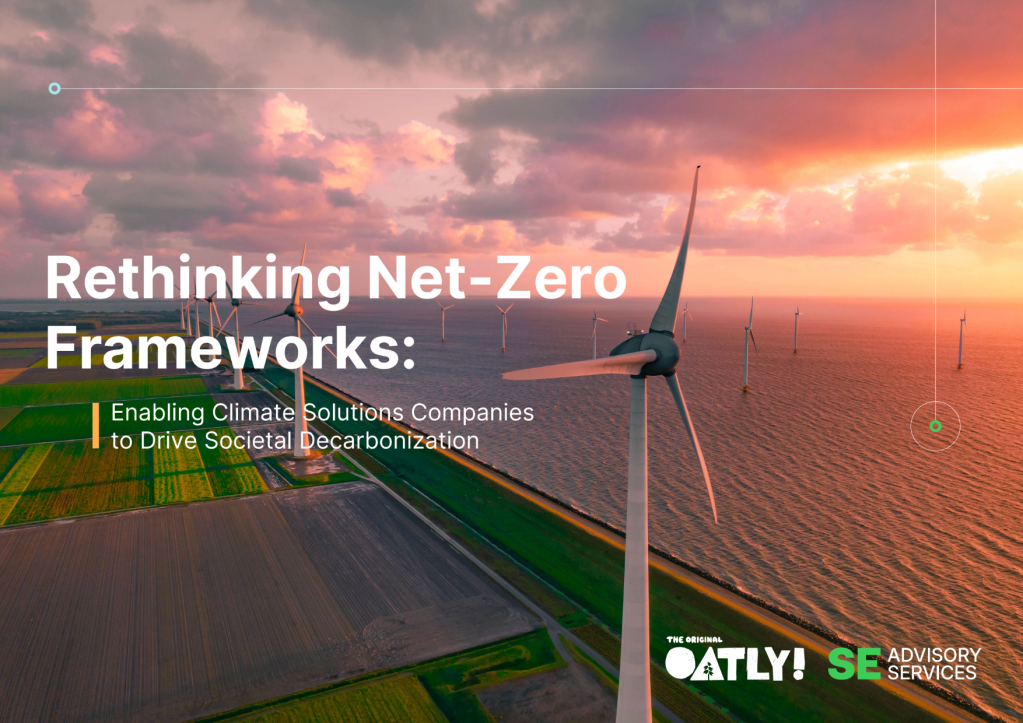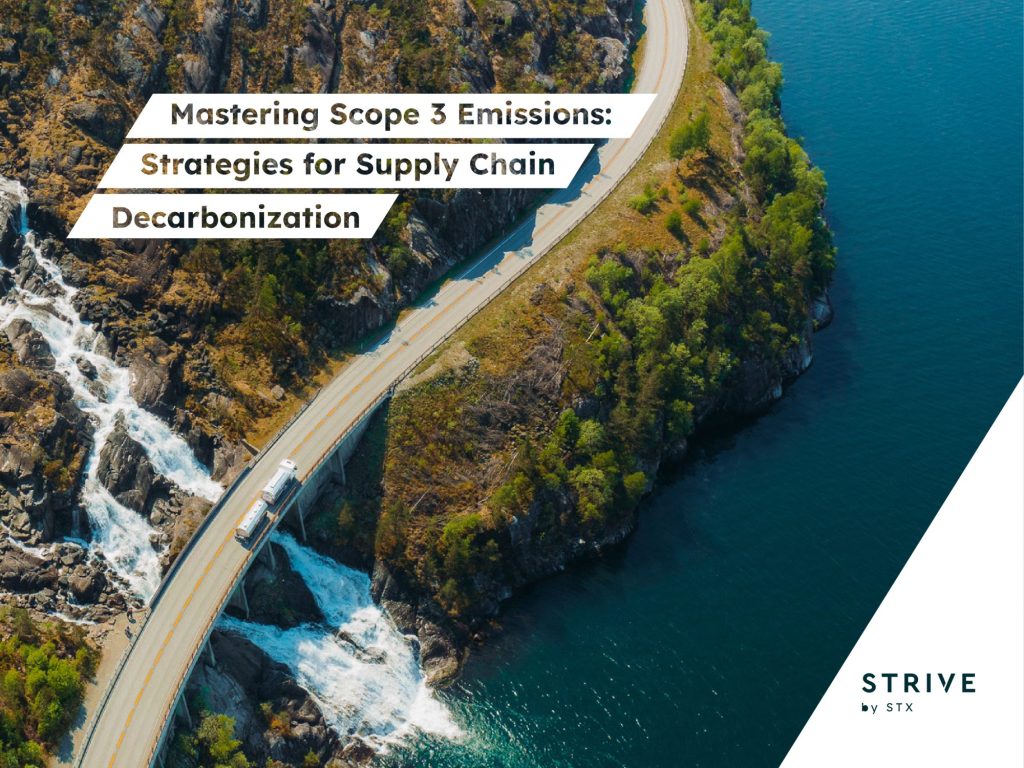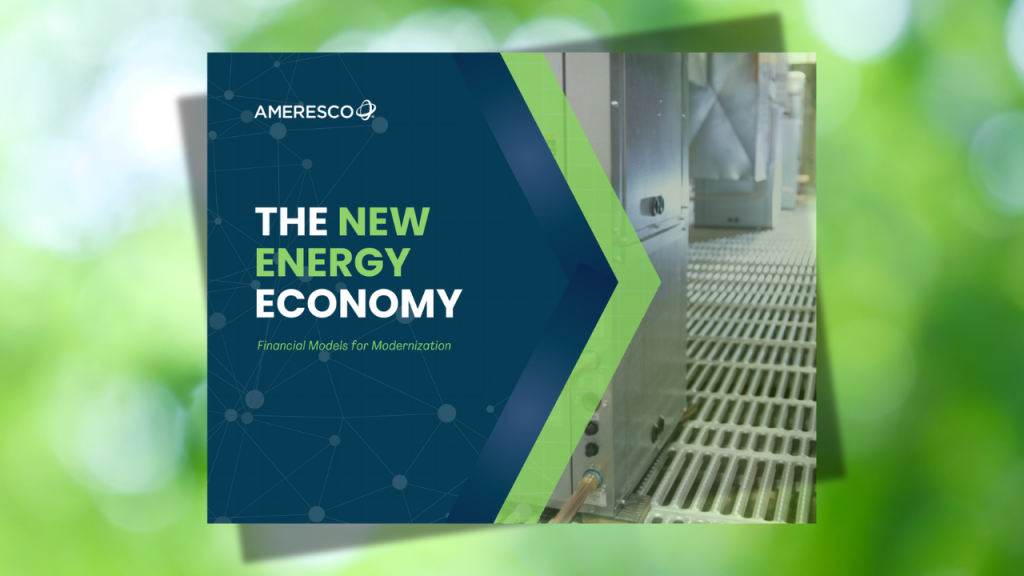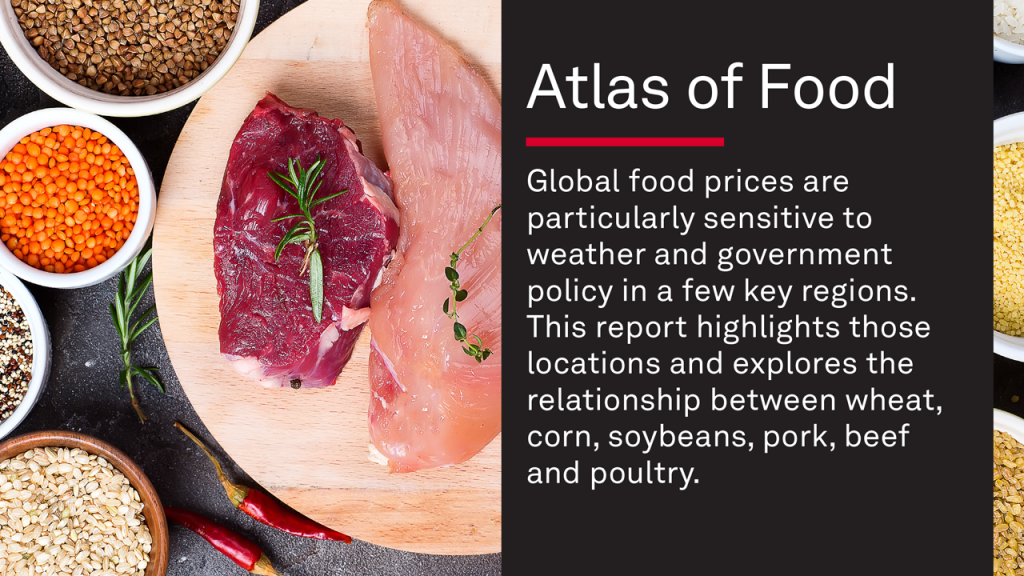New method promises to upend accounting for short-lived pollutants
Efforts to reduce methane and black carbon can deliver critical short-term benefits, according to the Global Heat Reduction Initiative. Read More

Key takeaways
- Conventional carbon accounting measures impact over 100 years, lessening the focus on short-lived drivers of global warming.
- The Global Heat Reduction Initiative is offering an alternative accounting methodology that emphasizes near-term impacts.
- The science behind the methodology is broadly accepted, but adopting it requires trade-offs in what companies and countries value.
When companies complete their carbon accounts, a single metric is generally at the heart of the numbers: tons of carbon dioxide equivalent (tCO2e), a handy means of allowing multiple greenhouse gases to be included on the same balance sheet.
But is the focus on tCO2e causing policymakers and corporations to undervalue important methods for slowing global warming? That’s the claim being made by the Global Heat Reduction Initiative (GHR), backed by notable scientists and offering what it says is a more holistic form of carbon accounting. The initiative is a spin-off from SCS Global Services, a standards-setter and certifier of environmental projects.
GHR’s solution involves expanding traditional emissions accounting to include different timescales. Carbon dioxide equivalence data usually rests on estimates of the global warming potential of greenhouse gases over 100 years, relative to that of CO2. Around two-thirds of any release of methane, for example, will have left the atmosphere after around 12 years. During that time, however, the impact on warming is up to 150 times greater than CO2. And considered over the 100-year time frame used in conventional accounting, methane’s impact is diluted to 28 times greater than CO2.
Existing methods exclude some pollutants altogether, including black carbon, also known as soot. Black carbon particles survive in the atmosphere for just a week or so, but by absorbing sunlight and remitting the energy as heat, the short-term warming impact of the substance can be up to 1,500 times that of CO2. Almost 6 million tons of black carbon are emitted annually, according to the Climate and Clean Air Coalition, a project of the United Nations Environment Programme.
Holistic accounting
In the GHR version of carbon accounting, emissions are inventoried and CO2e numbers presented as normal. Alongside that data, the company also shows customers how their emissions, including black carbon, will contribute to global warming over the next five to 25 years.
That can affect how different mitigation options stack up against each other. GHR’s first customer is Napa Recycling and Waste Services in California. “I wasn’t really sure what we were getting into,” said resource manager William Kelley. The company’s GHR report, which it received earlier this month, highlighted the warming impact of the black carbon generated by the diesel fuel used by some of its machinery. The report also shone a light on the short-term impact of methane released from composting operations. Kelley said the analysis made him realize that it may be better to tackle those emissions before other projects, such as electrifying vehicles that run on natural gas.
There are other interventions that are revealed as more important when viewed through the GHR lens, added Kiff Gallagher, the company’s executive director. Reducing food waste from company cafeterias, which helps cut methane emissions, is one example. So is making warehouse roofs more reflective to bounce sunlight back into space. “Maybe by making an investment there with a reflective surface you would actually bend the heat curve more rapidly and more effectively than if you partnered with a plant-a-tree nonprofit,” he said.
Judgment call
The science behind GHR’s methods is broadly accepted and may be gaining in importance. The company’s advisory board includes Drew Shindell, a climate scientist at Duke University who has advocated for a greater focus on short-lived climate pollutants. The issue is also being taken up by the IPCC. Last month, scientists met in Bilbao, Spain, to begin work on an IPCC methodology for measuring short-lived pollutants, due to be published in 2027.
Scientific agreement on the principles does not mean the accounting system will be adopted, however. Zeke Hausfather, climate research lead at the payment company Stripe, noted that there has been a push among climate scientists for countries and companies to set specific targets for different greenhouse gases rather. But, he added, there are fundamental differences in opinion about how to treat the issue of different timescales.
The dominant view is that we should focus on stabilizing the climate by restricting long-term warming to less than 1.5 or 2 degrees Celsius. A more economics-based approach would be to apply a discount to longer-term impacts and focus instead on maximizing near-term reductions. Determining which view is correct is difficult, noted Hausfather, because the answer rests on a value judgment about present and future generations: “How are you valuing an immediate big effect versus a smaller long-term effect?”

Subscribe to Trellis Briefing
Featured Reports

The Premier Event for Sustainable Business Leaders
















